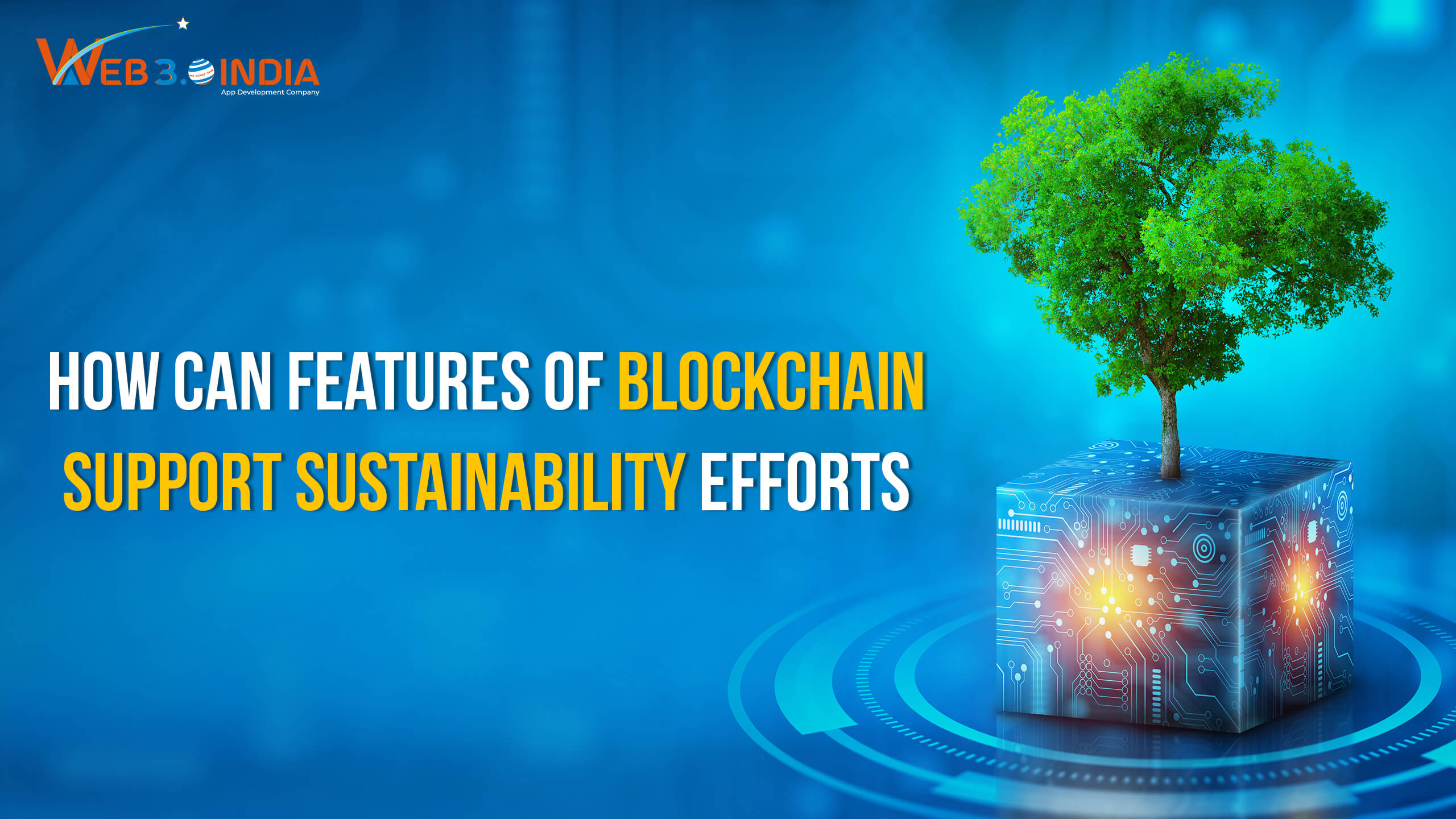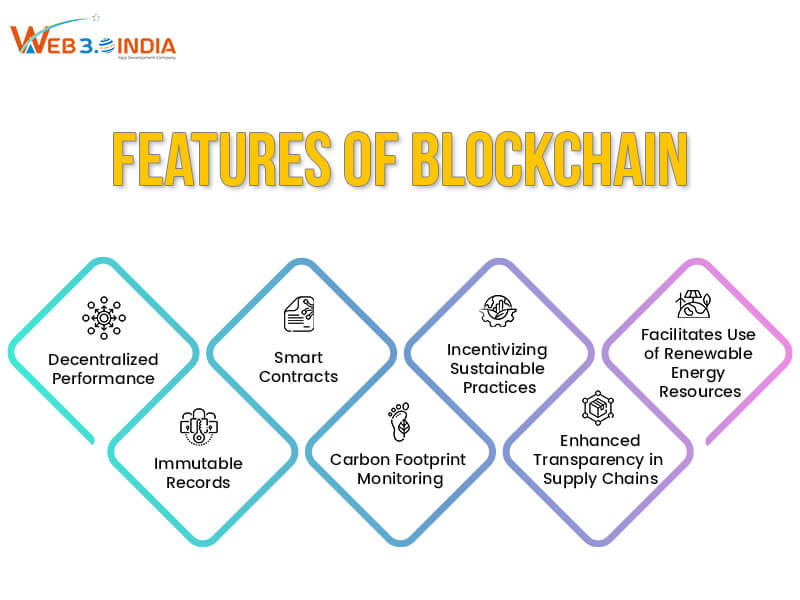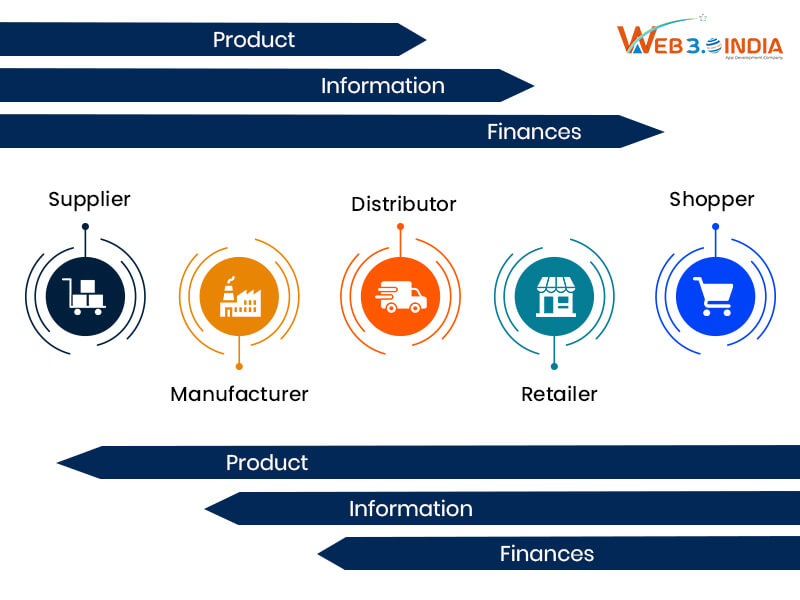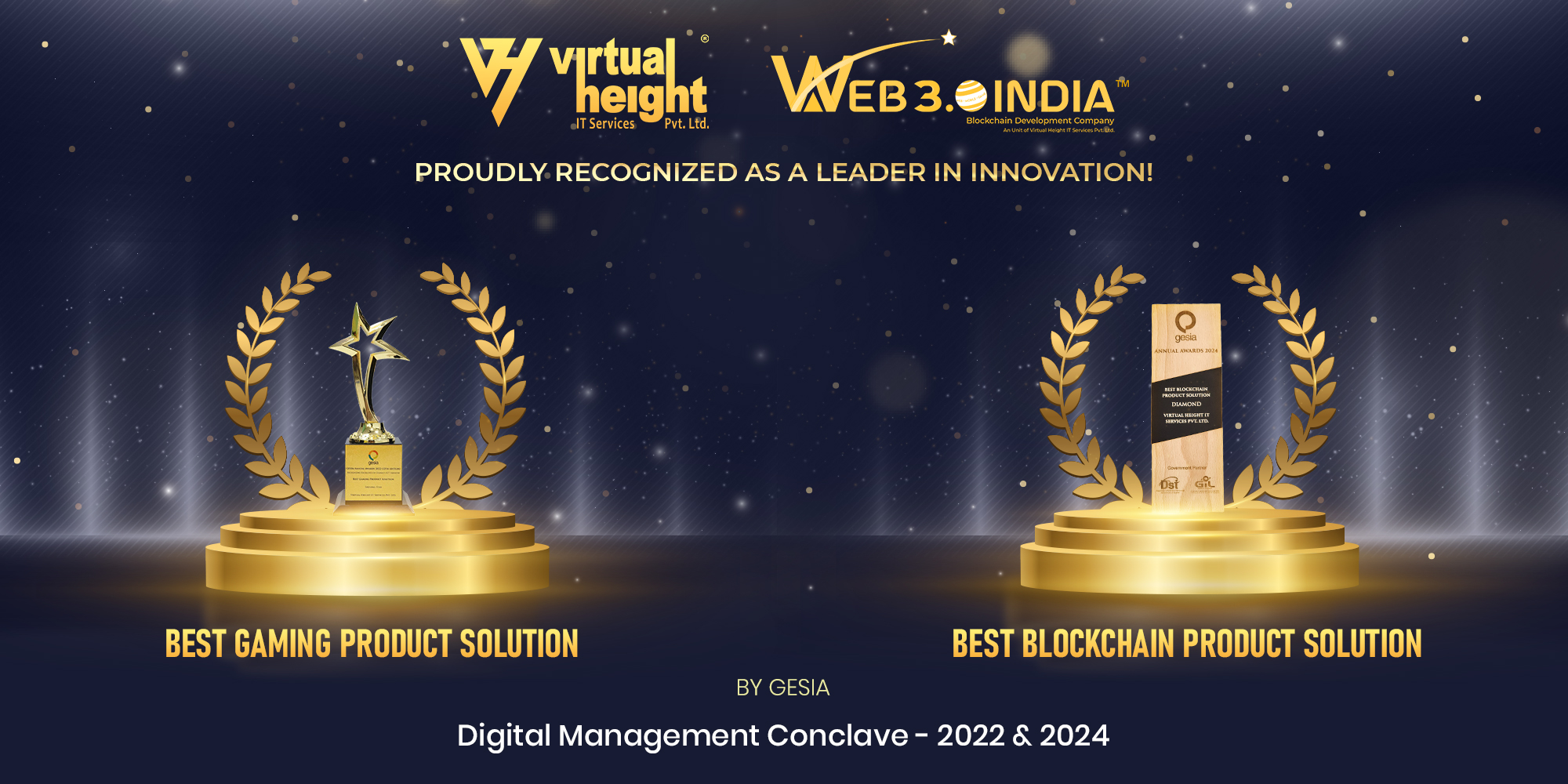With the growing inclination towards incorporating sustainable practices in every industrial sector, businesses have become concerned about their methodologies and workflows. Since stringent regulations and rules have already been introduced about business impacts on the environment, it’s imperative to let go of obsolete practices and adopt modern-day ones that can contribute a lot to sustainability. Believe it or not, one such technology that will help in this endeavor is blockchain. Although it was first introduced to facilitate transactions using digital currencies or cryptocurrencies, the technology can now be integrated with numerous business processes as a part of a sustainable approach. While this might bring relief to many, it’s important to understand how can features of blockchain support sustainability efforts, which were primarily designed to support financial transactions.
Without having this basic knowledge, it would be next to impossible to tap into the power of this distributed ledger technology and align it with your business goals and efforts of attaining sustainability and practicing eco-friendliness. With this being said, we have prepared a comprehensive guide, explaining the relationships between blockchain’s salient features and sustainable business practices.
How Is Blockchain Different from Other Distributed Ledger Technologies?
Before moving ahead with discussing the association of blockchain with sustainability, let’s first understand its key differences from other distributed ledger technologies. With this, you can easily decide why blockchain has set the benchmark high and raised the standards for bringing innovation and agility in various manners.
- Block-based structure and organization: In blockchain, the entire network structure is based on blocks, which are further linked linearly to form a long chain or ledger. Each block comprises numerous datasets, usually a set of transactions or records. Blockchain achieves hierarchy through cryptographic linkage between the blocks, thereby establishing a proper unidirectional flow.
- Consensus protocol: Unlike other distributed ledger technologies, blockchain utilizes consensus mechanisms for approving any action to be taken on the network. Whether it’s adding a new data block or approving a borderless transaction, the participating nodes should provide their consent through the consensus mechanisms.
- Smart contracts: Blockchain primarily operates with the help of smart contracts, which are nothing but self-executable programs deployed on the global network. These contracts have proper rules and conditions defined, which ensure all the involved parties adhere to the regulations and follow a proper procedure before taking any action.
- Scalability: In terms of operational scalability, blockchain has fallen behind other DLTs due to the complete dependence on consensus protocols. In other words, bringing every participating user on the same page and making them agree to something can slow down the transaction speed, thereby limiting scalability.
- Security and immutability: One of the salient features of blockchain that sets it apart from other distributed ledger technologies is its ability to make blocks immutable. No one will be able to change the state of the data or the information contained in the records once they are added to the blockchain, thereby providing optimal security and maintaining data integrity.
What Are the Primary Blockchain Features That Can Be Used for Achieving Sustainability?
Now that we have clarified the ways in which blockchain has proven itself to be different from the rest of distributed ledger technologies, let’s have a brief look into the ways through which its features can be put to use for achieving sustainability.
- Decentralized performance: Thanks to the decentralized nature of blockchain, the decision-making authority will be distributed amongst multiple nodes or users rather than being constrained to a single party. Hence, achieving full-scale transparency and equitability will be easier for any process or cultural transformation to accommodate sustainable business practices.
- Enhanced transparency in supply chains: Whether it’s the FMGC industry or the pharma market, businesses can leverage blockchains to store product details from their very point of origin to the customers. Anyone with permission can pull a product detail from the blockchain and verify no tampering has been done with the product data, like expiry and manufacturing dates, raw material information, manufacturing process, and many more.
- Immutable records: Every transaction or record added to the blockchain’s ledger will be immutable, meaning no one will be able to tamper with the information or change the state of data. Hence, the information pieces will remain the same throughout the ledger, ensuring maximum transparency and credibility in the business operations.
- Facilitates use of renewable energy resources: Another way in which blockchain can be used to boost sustainability is by facilitating the use of renewable energy resources. From tracking the use of energy resources to monitoring the distribution and usage, businesses can reduce greenhouse gas emissions and adhere to stringent environmental regulations and industrial standards.
- Smart contracts: Businesses can leverage smart contracts to manage renewable energy trades, carbon credits, and several other operations associated with sustainable practices. Most of the management workflows can be automated to ensure no human force is needed for control, supervision, and process optimization.
- Carbon footprint monitoring: Also, businesses can easily track, monitor, and supervise their carbon footprints using blockchain technology. If the carbon footprint goes beyond the threshold, you will have enough chance to optimize the processes and reduce the numbers so that your business remains compliant with the stringent laws and regulations.
- Incentivizing sustainable practices: It’s not possible to achieve sustainability if the efforts do not come from an individual level. Hence, businesses can encourage their employees to adhere to sustainable company policies by providing them incentives through cryptocurrencies and other assets on the blockchain.
How Blockchain Will Impact Sustainable Practices at a Greater Scale?
Intersecting with Renewable Energy Consumption and Distribution
- With blockchain, it will be possible for individuals and businesses to access decentralized energy grids and trade any excess energy unit they have by selling or purchasing through this platform. As a result, the use of renewable energy resources will increase since accessing the units will become easier and won’t require too much paperwork.
- Also, blockchain can be easily used to track and verify the authenticity of renewable energy production and generation at a global level. This will also ensure transparency and authenticity amongst energy production companies and their clients, thereby paving the way for green energy initiatives.
- One of the major benefits of using blockchain for renewable energy trading is reduced transaction fees and the elimination of documentation for every purchase or sale of energy units between different countries or entities.
- Blockchain can also be used to track and monitor greenhouse gas emissions and regular carbon footprint through carbon credits. No one will be able to tamper or forge their carbon emission records once they are stored on the blockchain, thereby facilitating transparency and credibility in the sustainable market.
Impact on Environmental Projects
- Blockchain can be used to enhance accountability and promote ethical practices along the entire supply chain by allowing businesses to maintain transparency and integrity regarding product details and movement records. Whether it’s recording the courses of raw materials or listing the transactions involved in manufacturing a product, everything can be tracked through the blockchain’s technology.
- Another way in which blockchain can prove to be a major role player in environmental projects is through optimal resource allocation and efficient waste management processes. You can track the movements of every resource allocated for waste disposal and management and oversee the entire process with optimal transparency.
- Smart contracts can be further leveraged to automate different environmental practices, like keeping businesses compliant with environmental standards and regulations. If any party involved with the contract violates the rules and protocols of sustainability, the association will be terminated automatically.
- Also, blockchain can be used to authenticate and verify initiatives related to the betterment of the environment and the implementation of sustainable practices. Hence, individuals and businesses will find the encouragement to participate in different sustainable practices and adhere to the stringent regulations and standards.
Making the Supply Chain More Transparent and Efficient
- Another way in which blockchain can be used to maximize sustainable efforts is by increasing transparency along the entire supply chain, allowing businesses to track every product through enhanced traceability. From pulling records about the origin of raw materials to verifying the authenticity of manufacturers, different ways are there in which blockchain can be used for tracking product movement and handling in real time.
- Also, businesses can leverage blockchain to know about stock levels and customer demands accurately so as to prevent events like overstocking and wastage of products. This will automatically reduce the pressure on the manufacturing industry and the exploitation of raw materials, especially the ones categorized as non-renewable resources, like minerals, gems, and so on.
- Thanks to the implementation of blockchain, every supply chain business will become more accountable and responsible for adhering to sustainable practices and environmental standards. This way they will be able to optimize their business processes so that their decisions won’t impact nature in a negative manner and violate the sustainability laws.
Conclusion
In this elaborative discussion, we have shed light on the usage of blockchain for encouraging sustainability and implementing eco-friendly processes within various business modules and industries. While detailed planning and market understanding will be needed for the same, at least, businesses will have a starting point to ensure they adhere to the regulations and laws related to sustainability and eco-friendliness.









